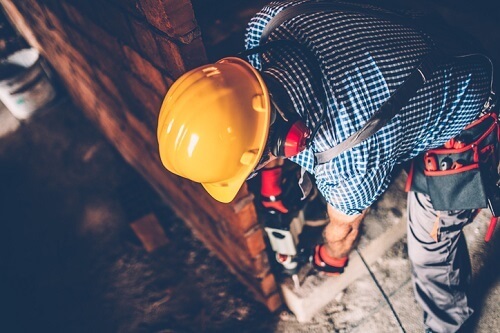Long-term outlook is positive because millennials want to buy

The pent-up demand among millennials will deliver enough first-time buyers for housing starts to remain positive.
Despite the fears of some that there may be a downturn in new home construction in 2019, a report from L.E.K Consulting and Wells Fargo Securities' Building Products and Homebuilding Investment Banking practice calls for a moderate growth in starts this year and a positive long-term outlook.
"The industry may face near-term turbulence, but strong tailwinds will help sweep through it with a new generation of homebuyers driving longer-term growth," says Lucas Pain, Managing Director and Head of Americas Building Products and Materials practice at L.E.K. Consulting.
As interest rates ease after 2018’s increases and inventory remains constrained, there are signed of improving affordability and consumer sentiment.
Even in the event of a moderate economic slowdown, the report suggests that declines in housing construction should be moderated by the demand from first-time buyers.
"An economic recession may seem overdue, given historical trends," says Harry Shaw, managing director and co-head of the Basic Industries sector in the Industrials Investment Banking Group at Wells Fargo Securities. "But given our industry specific observations on supply, demand and the level of key economic indicators, we expect the impact of any slowdown on residential new construction activity to be muted. The outlook for residential construction in 2019 is improving versus late 2018, and there are sufficient tailwinds to carry the industry through any near-term economic turbulence."
Key findings:
- Single-family housing is in short supply ― supporting potential for future growth. The 2008 recession that weighed on demand and kept millennials out of the market also kept builders and lenders from committing to new single-family construction. The result is an undersupply of single-family homes with single-family housing starts still 22 percent below the long-term (1980-2000) average.
- The slow recovery in housing starts since the Great Recession creates a positive backdrop for the current cycle. The depth and duration of housing downturns are heavily influenced by housing starts levels relative to the long-term average when a downturn begins. On that score, the news is good ― November 2018 (SAAR) housing starts of 1.256 million are 13 percent below the long-term (1980-2000) average of 1.438 million. For housing starts to peak at this level would be unprecedented ― since 1970, there has been no instance of housing starts turning negative before they reached the long-term average.
- Housing affordability had trended down but forecasts are improving. Notable declines in housing affordability captured headlines in 2018, but the U.S. economy and labor market remains healthy. In early 2019, as expectations for rate hikes subside, affordability metrics are improving with a most recent Housing Affordability Index reading of 144 in November of 2018. This compares favorable against the June 2018 low of 138, with our analysis indicating the index should remain above its long-term average of 130 through 2019.
- Millennials are set to (finally!) enter the housing market in a meaningful way. Millennials' delayed household formation has led to a 2.2 million household gap relative to what the historical headship rate levels of their Gen X counterparts would imply. We attribute this to the weak labor market following the 2008 recession and a student debt overhang. However, aging millennials are set to close the headship rate gap with prior generations – likely driving steady long-term growth in residential new construction.



